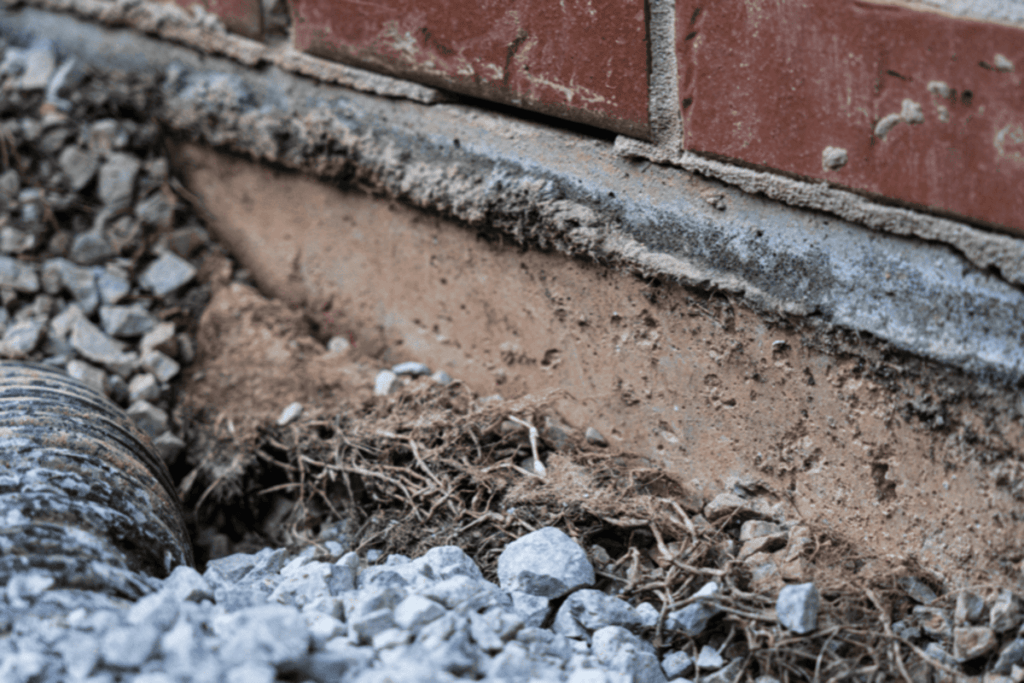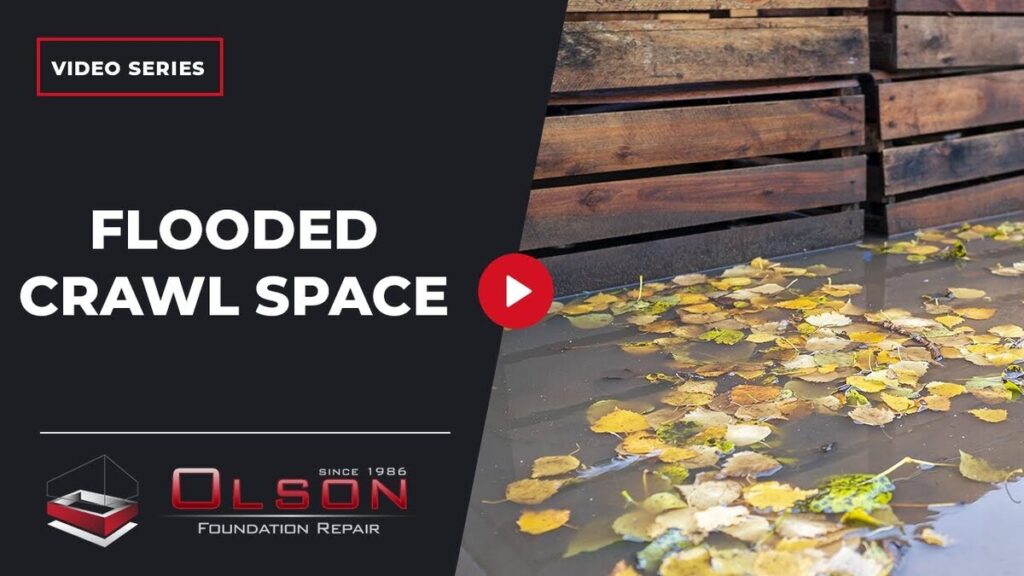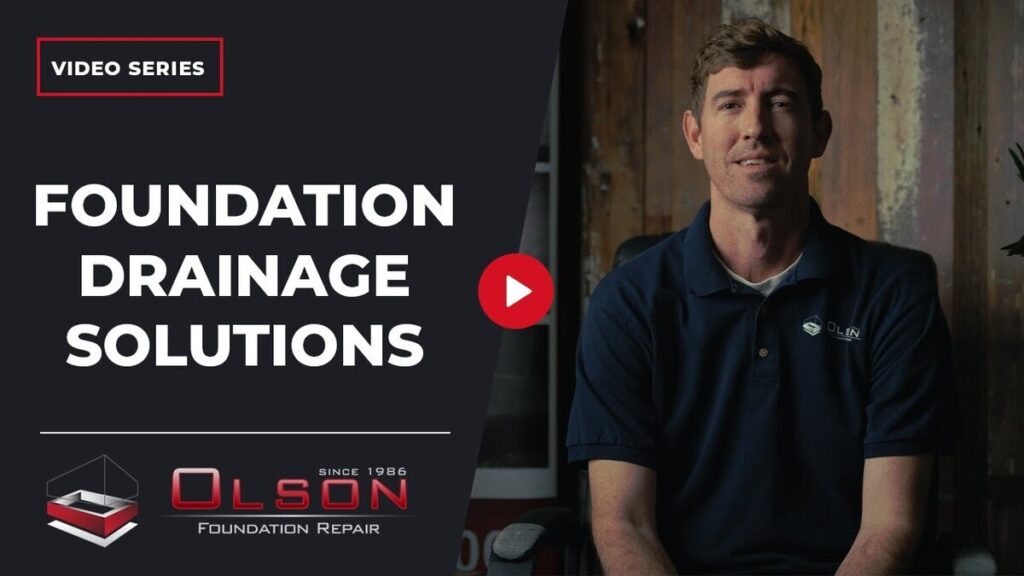Uneven concrete driveway can be a real eyesore and a potential hazard, creating not only an unsightly appearance but also posing risks to vehicles and pedestrians alike. Whether the unevenness is caused by settling, sinking, or cracking, the impact on both the aesthetics and functionality of your property cannot be ignored. Fortunately, homeowners facing this common problem have access to effective solutions, one of which is polyjacking. This innovative method offers a practical and efficient way to address uneven concrete surfaces, restoring them to a level and safe condition.
Understanding the Problem
If you’re dealing with an uneven concrete driveway, you’re not alone. Many factors can contribute to this problem, including soil erosion, poor initial installation, or simply wear and tear over time. Regardless of the cause, the result is the same: an unsightly and potentially unsafe surface.
What is Polyjacking?
Polyjacking is a technique used to level uneven concrete surfaces, including driveways, sidewalks, and patios. It involves injecting a specialized urethane material, often in the form of expandable foam, into the affected areas to raise them back to their original level. This method is highly effective and offers several advantages over traditional alternatives.
The Polyjacking Process
To level an uneven concrete driveway using polyjacking, a few essential steps are involved:
1. Evaluation
First, a professional technician assesses the extent of the unevenness and determines whether polyjacking is a viable solution. In some cases, severe damage may require alternative approaches, such as repouring the driveway.
2. Drilling Holes
Once the decision to proceed with polyjacking is made, the next step is to drill small holes, typically 5/8 inches in diameter, into the affected areas of the driveway. These holes serve as access points for injecting the polyurethane material.
3. Injection
Using specialized equipment, the technician injects the polyurethane material into the drilled holes. As the material expands, it fills voids beneath the concrete surface and lifts it back to level. This process is repeated strategically to ensure uniform lifting across the entire driveway.
4. Completion
Depending on the size of the project, polyjacking a driveway can take anywhere from a few hours to a full day. Smaller jobs may be completed in a matter of hours, while larger ones may require more time. However, thanks to advanced equipment and efficient scheduling, polyjacking teams can often tackle multiple projects in a single day.
Benefits of Polyjacking
Polyjacking offers several advantages over traditional methods of driveway repair:
- Cost-Effectiveness: Polyjacking is often more affordable than alternatives like repouring, making it a budget-friendly choice for homeowners.
- Minimally Invasive: Unlike repouring, which involves tearing up and replacing the entire driveway, polyjacking requires only small holes to be drilled, minimizing disruption to the surrounding area.
- Long-Term Stability: The polyurethane material used in polyjacking is durable and resistant to moisture, ensuring a stable and long-lasting repair.
In Summary
Leveling an uneven concrete driveway is essential for both safety and aesthetics. Polyjacking offers an effective and efficient solution, providing homeowners with a cost-effective way to restore their driveways to their former glory.
Remember, maintaining a level driveway not only enhances the curb appeal of your home but also ensures the safety and convenience of everyone who uses it. Don’t let uneven concrete detract from the beauty and functionality of your property—take action today and reclaim your smooth, level driveway!
If you’re dealing with an uneven driveway, don’t hesitate to contact us for a professional evaluation and expert assistance.




